2019-2020年にかけて「世界一周建築旅」をしながらTwitterで写真を投稿し、大きな反響を呼んだ建築学生、小笠原隆範さん。
#01につづくインタビュー後半では旅行中の人々との交流の様子や、帰国後の心境の変化、現在取り組んでいることについて伺いました。
Twitterでタネを渡していた旅行から戻り、ツボミを渡すようになったという、そのココロは!?
Ryuhan Ogasawara, an architecture student who posted a photo on Twitter while on a “round-the-world architecture trip” from 2019-2020, caused a tremendous response.
In the second half of the interview, which follows #01, we asked him about his interactions with real people, how he’s changed his mind since returning home, and what he’s currently working on.
He said he returned from a trip on Twitter where he was passing the seeds and began giving him the buds. What exactly does that mean?
SNSのつながりと現地での交流
(#01のつづき)
Twitterは基本的に、日本語で投稿していました。
海外で出会う人はInstagramが主体で、旅先で出会った人とはユーザーネームを交換しようということが多かったので、Instagramに登録して英文でコメントしていました。
ホームシックとかは特になかったのですが、盗難などのトラブルがあったときなどは、Twitterで励ましのコメントが日本語で流れてくることがあって。助けられましたね。
あとは、Twitterでつながった日本からの留学生の家に居候させてもらったことがありました。
フィレンツェで建築を学んでいた人で、ちょうどクリスマスの時期で何もできなくなる時期だったので、いろいろと話をして過ごせたのはよかったです。
人との出会いは、やっぱり財産ですよね。
Social networking connections and local interactions
(Continued from #01)
Twitter was basically posting in Japanese.
The people I met abroad were mainly on Instagram, and I was often willing to exchange usernames with people I met on my travels, so I would sign up for Instagram and comment in English.
I wasn’t particularly homesick or anything like that. But when I’ve had problems with theft or other problems, for example, I’ve received encouraging comments on Twitter. It flowed in Japanese and that comment helped me a lot.
I have also been allowed to stay at the home of an exchange student from Japan who I connected with through Twitter.
He had studied architecture in Florence and it was good to spend time talking to him about things, as it was just Christmas time and there was nothing to do at that time of year.
Meeting people is still an asset, isn’t it?
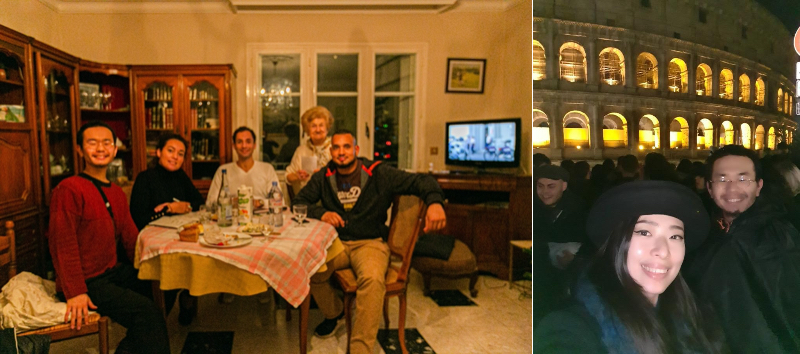
宿はAirbnbがメイン
宿泊は、Airbnbで回っていました。緊急時は「booking.com」でホテルを予約して。
フランスのリヨンからモンペリエに行くときにストライキが起きて、電車が動かなかったことがありました。
モンペリエでは藤本壮介さん設計の集合住宅〈L’Arbre blanc〉にAirbnbで泊まる予定だったのですが、日程が合わなくなってどうしようかと…。
でもホストによくしてもらって、日程をずらして泊まることができました。
ギリシャのアクロポリスは絶対に行こうと思っていたので、イタリアからギリシャに渡り、スペインとポルトガルを巡り、そこでヨーロッパの90日のビザなし滞在が終了。アメリカへと移動しました。
アメリカはボストンから入って東海岸のニューヨーク、フィラデルフィア、シカゴを巡り、西海岸へ飛行機で移動しました。
西海岸はサンフランシスコ、ロサンゼルス、サンディエゴと回って、〈ソーク研究所〉です。
Airbnb is the main inn
For lodging, I was using Airbnb to get around. In case of an emergency, book a hotel at “booking.com”.
There was a strike when I was going from Lyon, France to Montpellier and the trains didn’t move.
I was planning to Airbnb at L’Arbre blanc, an apartment complex designed by Sou Fujimoto in Montpellier, but my schedule didn’t work out.
But my host treated me well and I was able to shift my dates to stay there.
I was definitely going to visit the Greek Acropolis, so I crossed over to Greece from Italy. I toured Spain and Portugal, where my 90-day visa-free stay in Europe ended. I moved to the United States.
The U.S. came in from Boston and traveled up the East Coast to New York, Philadelphia, Chicago, and then flew to the West Coast.
The West Coast is San Francisco, Los Angeles and San Diego, and then the Salk Institute.
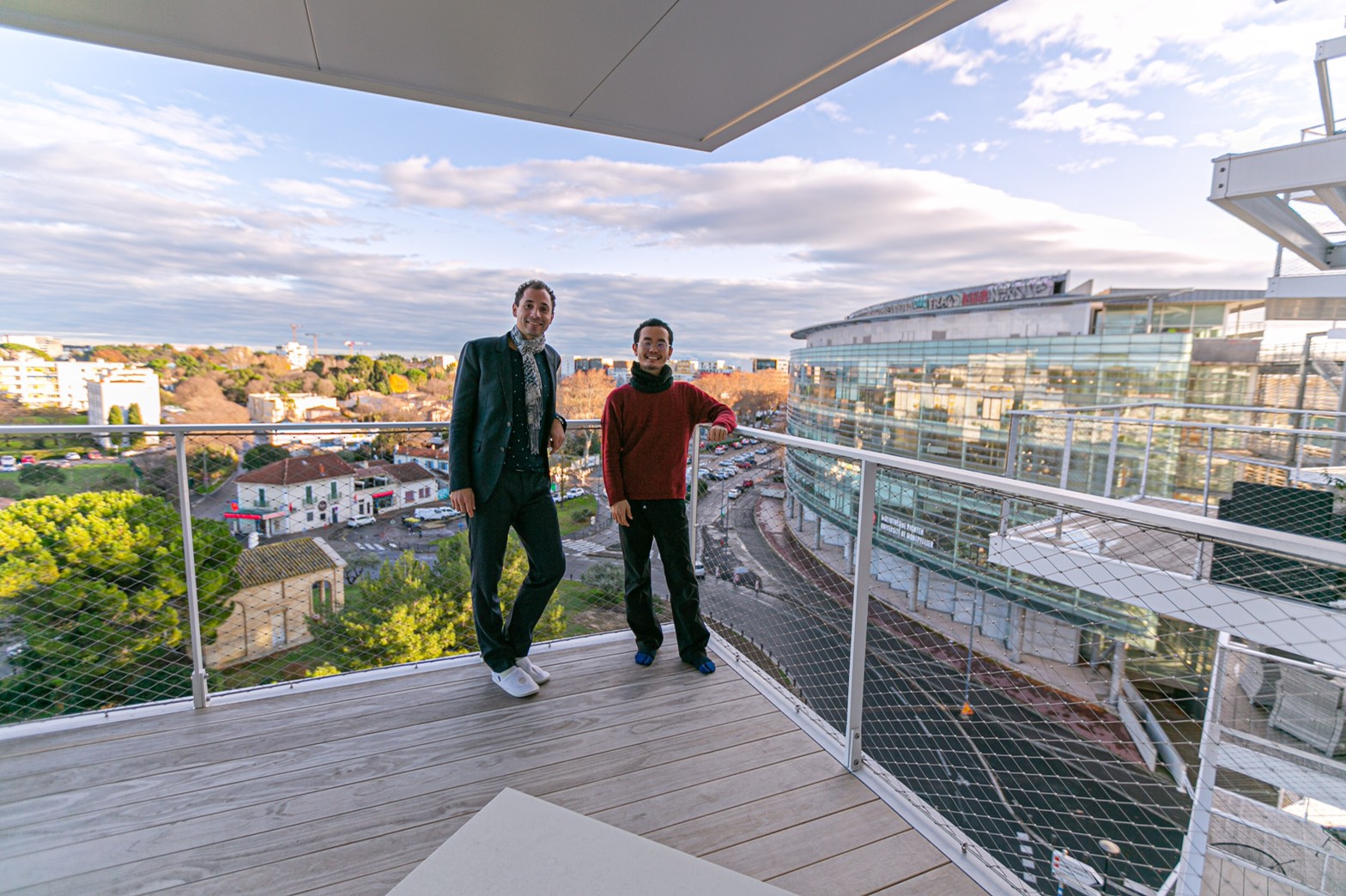
建築巡礼の旅を達成する
〈ソーク研究所〉にたどり着くというのは、何か使命感がありました。
ヨーロッパ旅の後半でTwitterに火がついて、無心で走るような感覚で。マラソンの応援をしてもらうような感じで、いろんな人に支えられました。
着いたときは、ゴールテープを切ったようで。最高でしたね。
〈ソーク研究所〉では朝から晩まで、丸2日を見学に当てました。
特に、1日目の夕方の景色が最高でした。曇り空が晴れていき、日が暮れてきて。研究所のスタッフも次々と外に出てきて「こんなに美しい空は見たことがない」と口々に言っていました。
次の日は、雲がまったくない晴天で。そこで過ごす時間が永遠に思われました。
ここまで目指してきたことも感慨深く、涙が出てきましたね。クライマックスにふさわしい体験でした。
2月の頭に帰国しましたが、コロナの話題が1月に上がってきて、ギリギリでしたね。
帰国してからは仏様に手を合わせて、無事に帰ってこれましたと報告をしました。旅の目的は達成したということで。
Accomplishing an Architectural Pilgrimage
It was something of a mission to reach the Salk Institute.
Late in the European trip, Twitter suddenly became so much more visible to many people that it was like running mindlessly I felt like It was like having a marathon to cheer me on, and I was supported by many people.
When I arrived at the Salk Institute, it was like cutting the goal tape and it felt great.
I spent two full days at the Salk Institute from morning to night.
The view on the evening of the first day was especially great. The cloudy skies cleared and the sun was setting. The institute staff came out one by one, saying they had never seen such a beautiful sky.
The next day was clear and sunny, with no clouds at all. The time spent there seemed like an eternity.
I was very emotional about what we’ve been trying to achieve so far, and it brought tears to my eyes. It was a fitting climax to the experience.
I returned home at the beginning of February, but the topic of Corona came up in January, and it was just in time.
When I returned home, I clasped my hands to the Buddha and reported that I had returned safely. So the purpose of the trip has been accomplished.
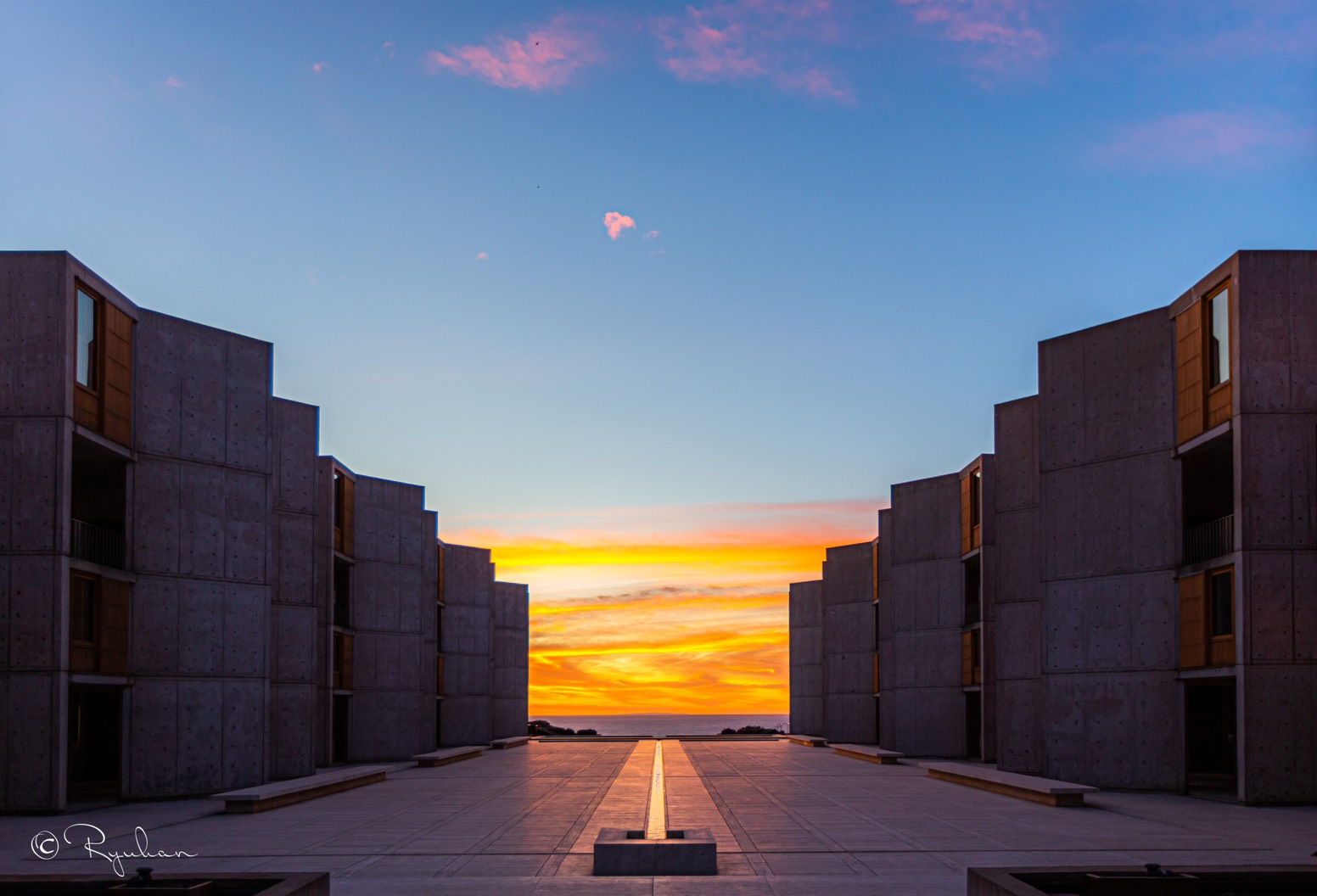
今度は育てたツボミを渡す
今は、旅を振り返ってTwitterやInstagramに写真をアップしたり、文章を書いたりしています。
旅の間のTwitterは時系列でしたが、今はすべて経験した後に振り返り、相対的に見る感じです。
パラレルに、いろんな共通項を見出しながら、比較しながら見ようと。
感情をそのまま言葉にするのではなく、それがどういう建築だったのかを抽象的に見ることができるのではないかと思います。
写真も、レタッチし直しています。見たままのものではなく、自分がどんな感情を抱いたのかということや雰囲気、得られた理解を乗せていこうと。
レタッチは奥深いですね。ちょっとした操作で、心情が変わって伝わるように思います。
例えば、フィンランドの〈復活礼拝堂〉の写真では、自分で見た光や空間性をレタッチし直しました。
ある意味で、誤解や語弊を起こしかねないとは思いますが、今度は育てたツボミを渡していくような投稿にしたいと考えています。
本当に何かをおすそ分けできるのは、自分が設計者になって、吸収したものを活かして、建築をつくっていくことを通してだろうと思っています。
最初(#01)に「この旅は滑走路であって、旅立つ前の準備である」ということを言いましたが、「ここから飛び立ちたい」という思いがあるので、次のことを始めたいと。
This time, I give the raised buds
Right now, I’m reflecting on my travels, uploading photos and writing on Twitter and Instagram.
Twitter during the trip was a timeline, but now it’s like looking back and seeing it relative to the experience of it all.
I tried to look at the parallelism and compare it, finding all sorts of common ground.
I think it allows us to look at what kind of architecture it was, in the abstract, rather than just putting the emotion into words.
I’m also retouching my own photos again. It’s not what you see, but what emotions I felt, the atmosphere, the understanding I gained. I’m going to include in the picture about.
Retouching is a profound thing. I think a little bit of manipulation can change your mind and convey your emotions.
For example, in the photo of the Resurrection Chapel in Finland, I retouched the light and spatiality that I saw.
In a way, I know this could be misunderstood or misspelled, but I’m hoping to make this post like I’m handing over a raised jar of woodpeckers this time.
What I can really share with others will be through becoming a designer and using what I have absorbed to create architecture.
I said at the beginning (#01) that this journey is an airstrip, a preparation for the journey, but I wanted to start the next one because I wanted to take off from here.
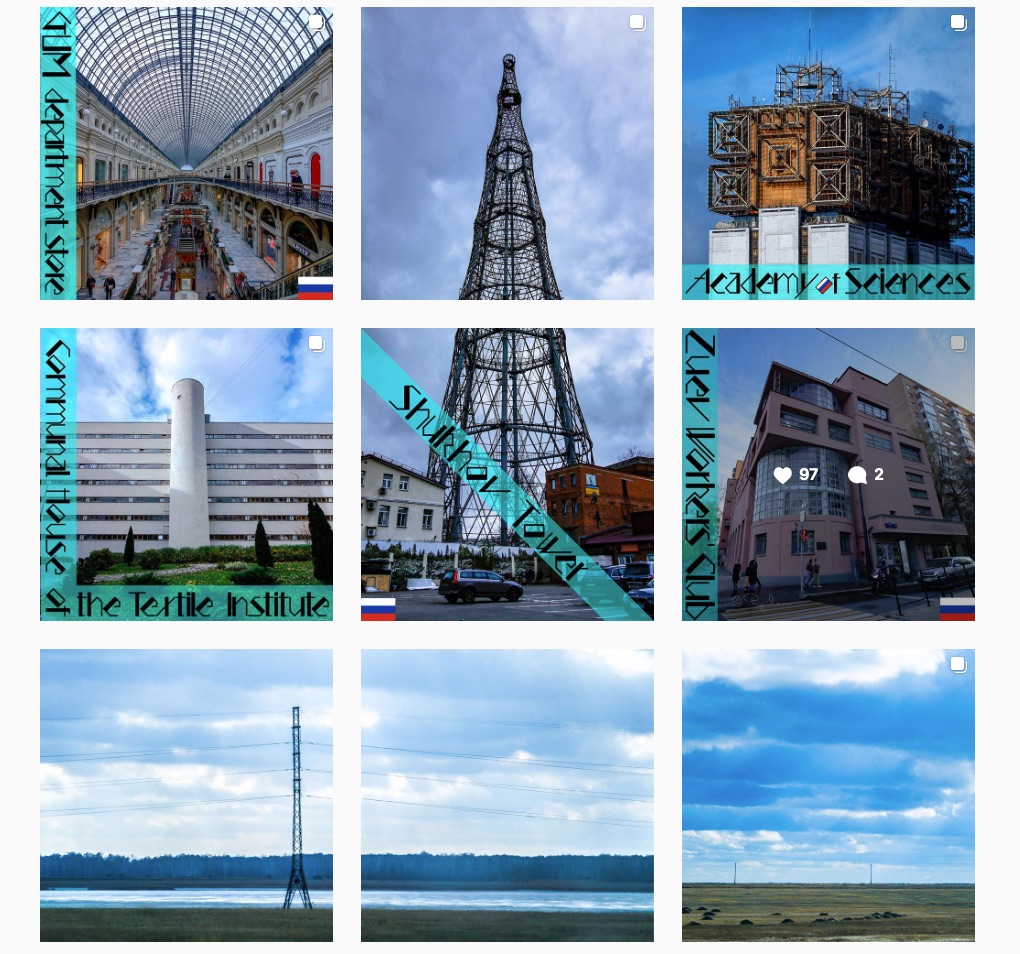
多様性に応える建築と日本独自のものへの興味が高まる
世界には生まれたときから違う環境にある人が存在していて、多様な価値観があります。
そのとき、別の価値観を持っているにも関わらず、自分たちと同じ感覚を持ち合わせているという、両義性のようなものが面白くて。
建築というのは、人間のDNAに刻まれた身体性にアクセスするものです。これは、多様である世界にあって建築をつくるうえで、すごく励みになるなと思っています。
同時に、日本独自のものはなんだろう、と日本の文化に改めて興味を抱いています。
大学に入る前に仏教に浸かっていたことが、建築に対して良く働くことも悪くも働くこともあるんですよ。
特に、ありのままをよしとするような仏教的な考えに対して、建築は前進しようとするし、良くするためにハードを変えようとする。
宗教や思想は、ソフトを変えることでハードを変えるようなところがある。
プロセスが逆転しているので、すごく悩むことが多かったんですけど。
いろんな思想を知って、いろんな建築を知って、その総体としての自分自身の価値観をかたちにしていけたらなと考えています。
もともと自分は仏教の出身ですけど、神道にも興味があります。それで、伊勢神宮や民族誌を調べたりしています。
まちづくりについて提案する団体も立ち上げていて、地域に入り込むように拠点を置いて、伊勢でも活動しています。
同時にテクノロジーにも興味があって、研究会に参加していたり。
もともと建築にはキリがないけれど、自分が見える範囲と見えない範囲のキリのなさを追いかけているという感じですね。
世界一周をしたうえで、今日本にいる自分の立ち位置を考えたときに、世界のなかの同一性みたいなものを見出しつつ、その土地のオリジナリティはなんだろうということを考えたいなと。
世界中の建築をすべてを見ることは、人生をかけても難しい。見切れないものに対して、あがくのもおもしろいなと。自分がいつ死ぬのかは分かりませんが、それまでの時間のなかで、加速度をいかに上げられるかが重要なのかなと考えています。【】
(2020.05.14 オンラインにて)
A growing interest in architecture that responds to diversity and the uniqueness of Japan
There are people in the world who are born in different environments and have diverse values.
At that point, it was interesting to see the kind of ambivalence that exists between us, where we have different values, but still feel the same way as we do.
Architecture is a way to access the physicality that is engraved in our DNA. I think this is a great encouragement to create architecture in a diverse world.
At the same time, I have a renewed interest in Japanese culture, wondering what is unique to Japan.
My immersion in Buddhism before I went to university can work both well and badly for architecture.
Particularly against the Buddhist idea that things are good as they are, architecture tries to move forward and change the hardware to make it better.
Religion and ideology are like changing the hardware by changing the software.
I had a lot of trouble with it because the process was reversed.
I would like to learn about various ideas and architecture, and give shape to my own values as a whole.
I am originally from a Buddhist background, but I am also interested in Shinto. So I’ve been researching the Ise Shrine and ethnography.
We have also set up an organization that makes proposals for city planning, and we have a base of operations in Ise that goes into the community.
At the same time, I’m also interested in technology, and I’ve been participating in research groups.
There is no limit to what you can see in architecture, but I feel like I’m chasing the limit of what I can see and what I can’t see.
When I thought about my current position in Japan after traveling around the world, I wanted to think about the originality of the region while finding a kind of identity in the world.
It’s hard to spend your life looking at all the architecture in the world. It’s interesting to struggle with the things we can’t see. I don’t know when I’m going to die, but I know that it’s important to know how much I can accelerate before I die I’m thinking. 【】
(2020.05.14 online)
つづく#03では、隆範さんが選んだ、オススメ建築ベスト10を紹介!
The Architectural Grand Tour in the SNS era
Interview with Ryuhan
世界建築巡礼の旅 #01 隆範氏インタビュー(前半)
世界建築巡礼の旅 #02 隆範氏インタビュー(後半)
世界建築巡礼の旅 #03 オススメ建築ベスト10(前半)
世界建築巡礼の旅 #04 オススメ建築ベスト10(後半)
In the following #03, Ryuhan will introduce his top 10 recommendations for architecture!
The Architectural Grand Tour in the SNS era
Interview with Ryuhan
World Architecture Pilgrimage Trip #01 Interview with Mr. Ryuhan (First half)
World Architecture Pilgrimage Trip #02 Interview with Mr. Ryuhan (Second half)
World Architecture Pilgrimage Trip #03 Recommended 10 Best Buildings (First half)
World Architecture Pilgrimage Trip #04 Recommended 10 Best Buildings (Second half)

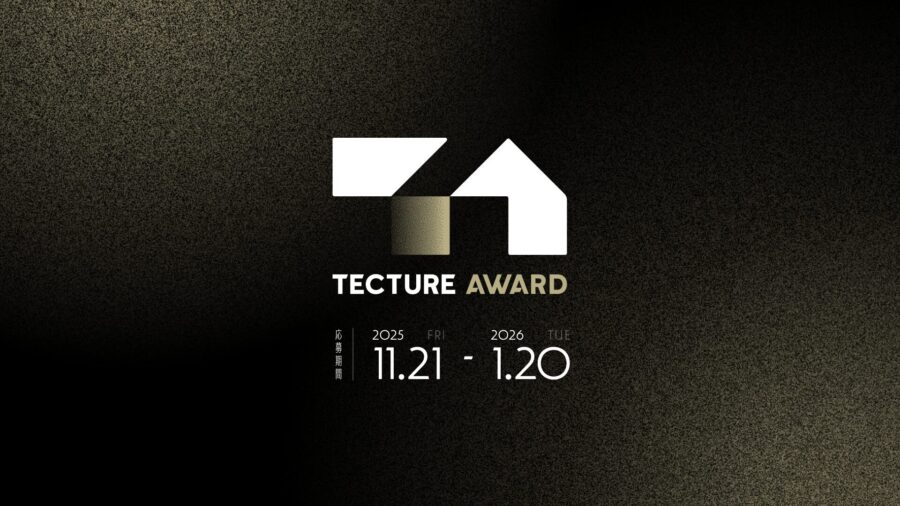


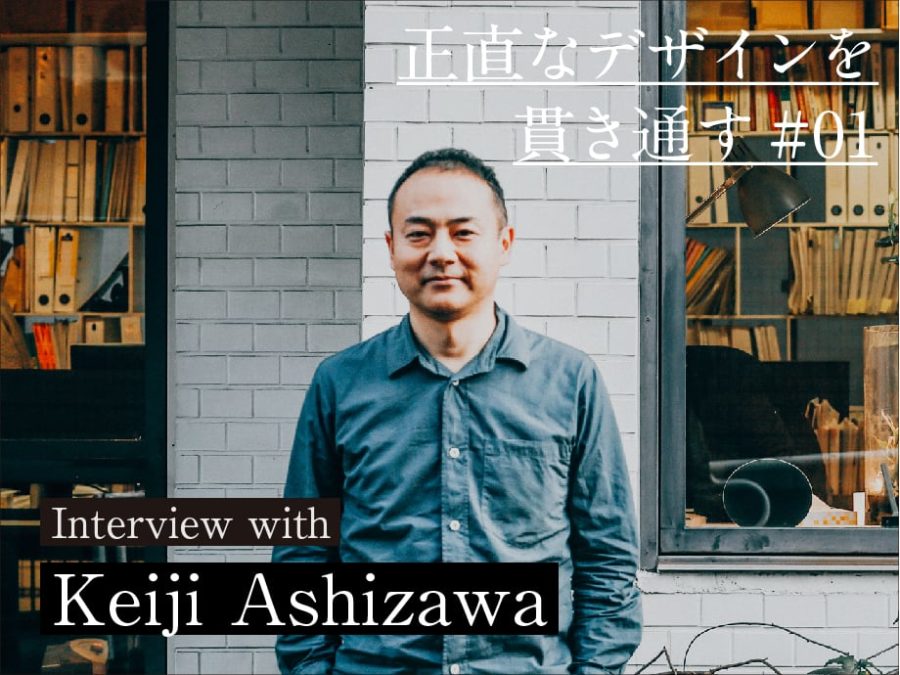
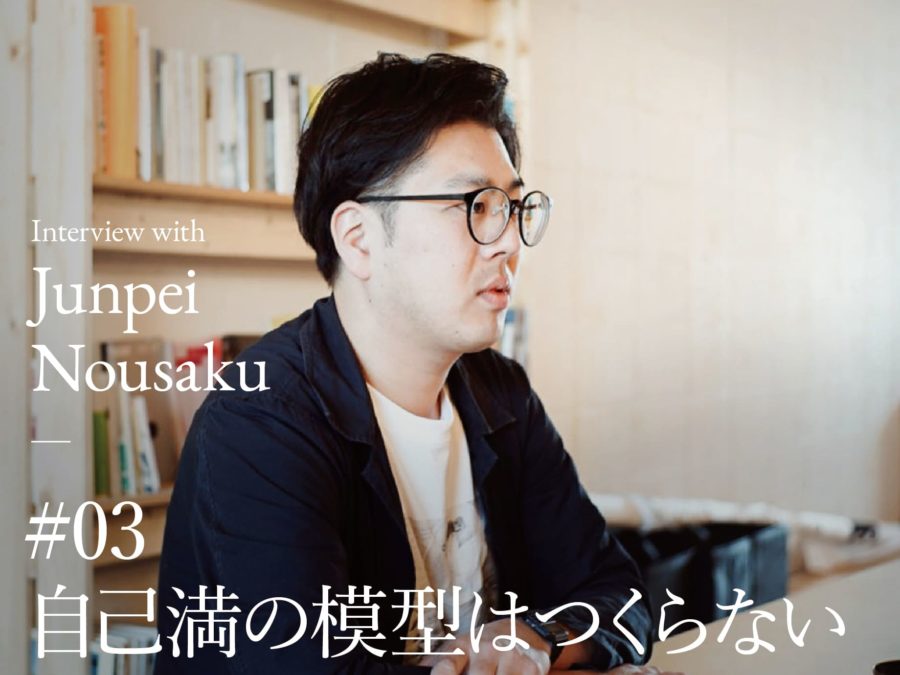
![[大阪・関西万博 Interview]〈住友館〉/ 日建設計:HP曲面+ヒノキ合板による“新しい木質建築”](https://magazine-asset.tecture.jp/wpcms/wp-content/uploads/2025/07/14173518/15ba21bb24a50fc5f25253a5c506dc41-900x619.jpg)
![[大阪・関西万博]会期後まで注目したい!歴代万博の跡地利用まとめ+夢洲構想](https://magazine-asset.tecture.jp/wpcms/wp-content/uploads/2025/10/02184434/IMG_2977-2-900x675.jpg)



